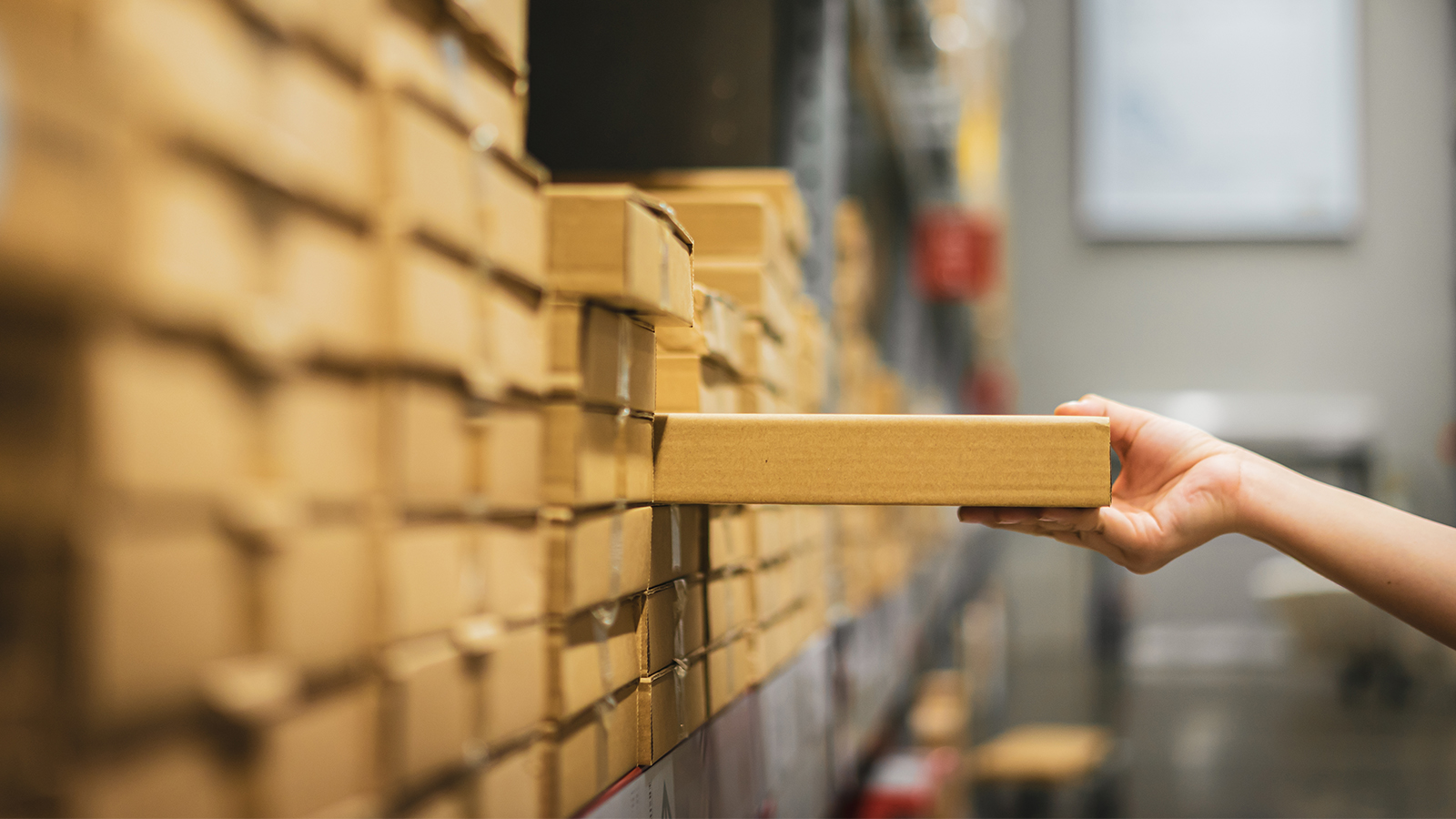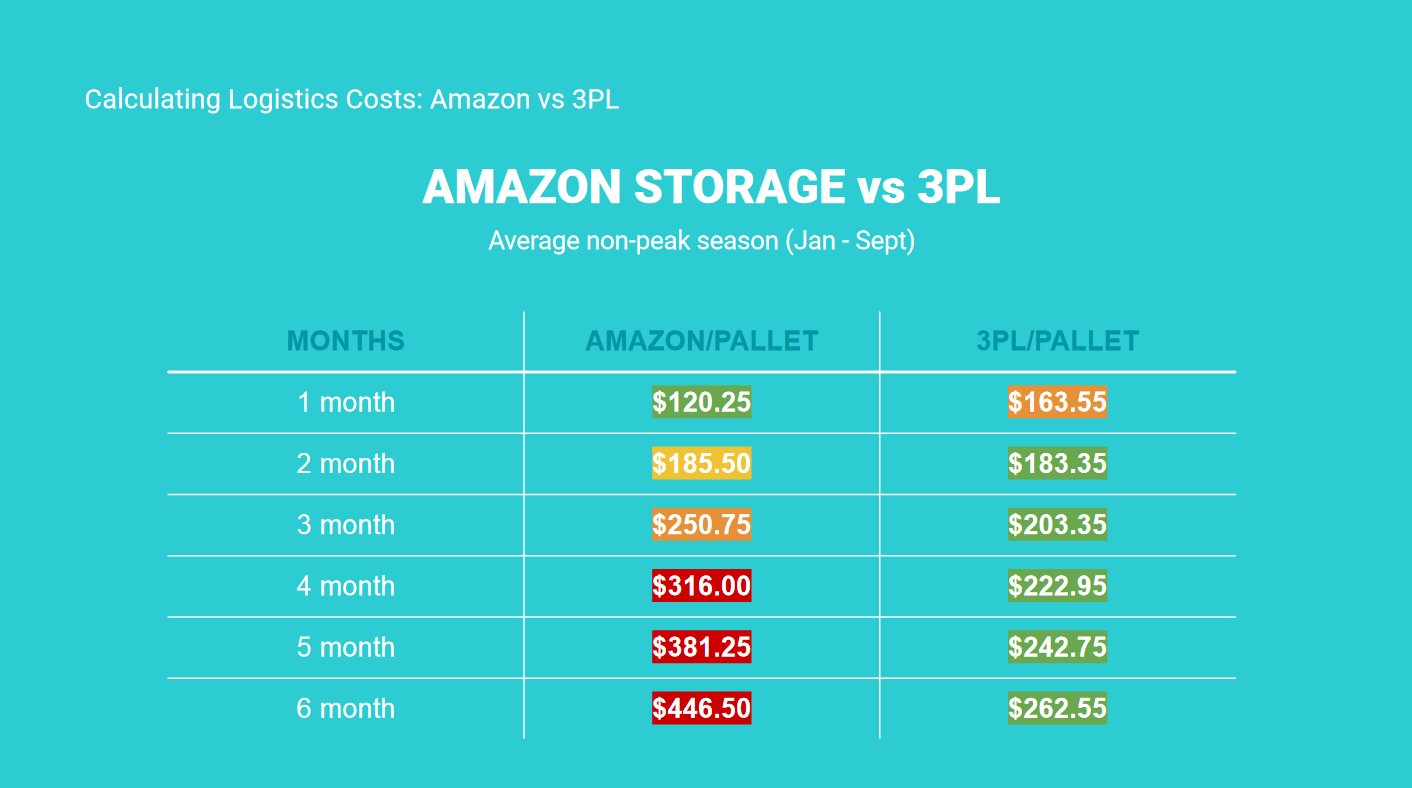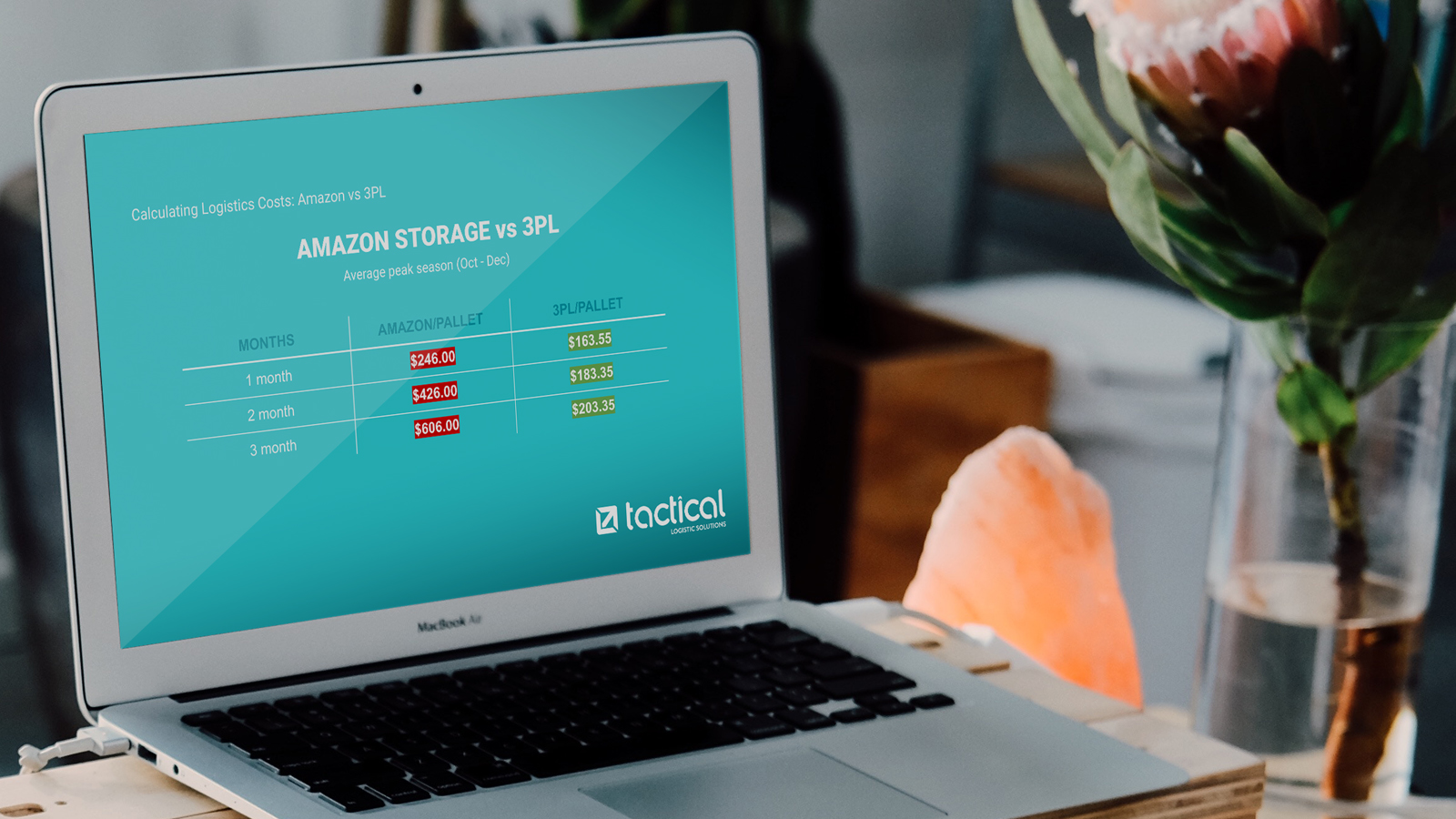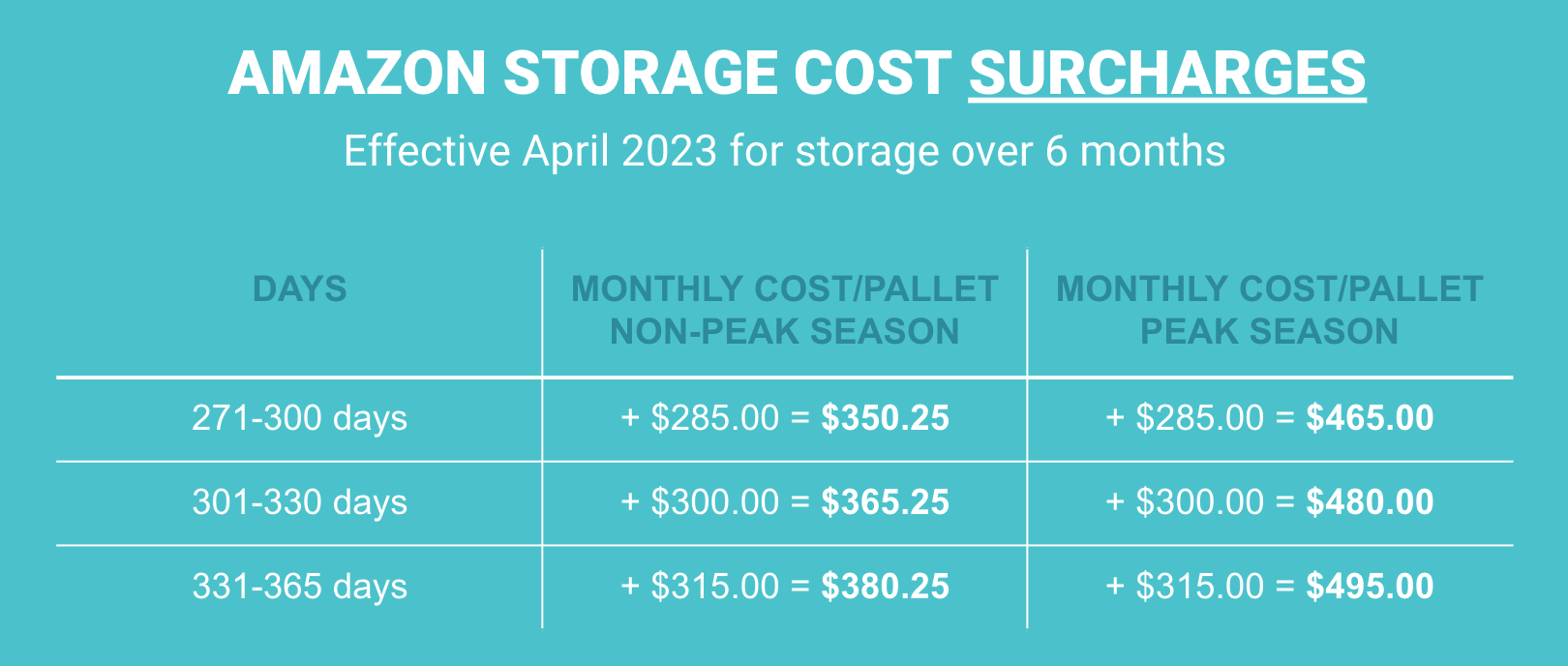As an Amazon seller or e-commerce entrepreneur, you know logistics plays an important role in the success of your business. But, did you know it could also be a black hole for your capital if you aren’t paying attention. Though many sellers can successfully manage to send inventory directly from their supplier into Amazon, that is often not the case nor the most cost efficient method. The decision must be taken based on YOUR unique supply chain.
Here’s a guide to help you decide on the best storage options for your business.
What is 3PL or Third-Party Logistics?
3PL, or third-party logistics service providers, are shipping and fulfillment companies that help you manage your supply chain so that you can focus on your product. They manage everything from housing your inventory in their warehouse to shipping it out to your clients, as well as taking care of any returns and other outlying issues.
Storage costs: 3PL vs Amazon FBA
For the last 6 months or so, inflation rates have gone up significantly, and they have taken storage rates up with it.
While container rates are no longer sky high, other parts of the supply chain have taken a hit, a major one being 3PL’s. Since leases and labor costs are far higher than they were pre Covid., 3PL companies have been forced to up their rates to absorb the high overhead. That being said, it’s predicted that we won’t see these prices come down any time soon. As a result, storing your product has become a lot more expensive than shipping it, and this has implications for your Amazon business.
Fulfillment: Amazon FBA vs 3PL
Though most gurus will tell you to send your inventory directly from your supplier into Amazon, the age old question still lies; “What’s more cost effective, sending directly into Amazon or using a 3PL?”.
Let’s see what each option actually entails.
First, there is shipping your goods from suppliers directly into Amazon. This will require you and your supplier to have clear communication on labeling requirements, packaging, and proper palletizing since Amazon has strict rules and can easily reject any shipments that do not comply.
Usually, the average cost of drayage into Amazon for an average 68 inch pallet is around 65 USD, with fluctuations depending on the seasons.
The direct to FBA model suggests that you have frequent and consistent inventory turnover. Though Amazon offers storage solutions, they are not always the most reliable. This means, understanding your restock limits is crucial in scheduling a consistent flow of inventory into FBA to match your turnover rate.
If your product usually sells through your FBA inventory within a month, you’ve done it! Your best inventory management model will be continuing to send directly to Amazon. One month of storage at a fulfillment center is overall more affordable than one month at most 3PL’s.
However, if you need storage options that go past one month, that’s when you may run into a higher overhead if you stick with Amazon as your only storage option.
Is a 3PL more affordable?
Let’s do the math with our rates as a 3PL example. Again we’ll use the average 68 inch pallet.
Using a 3PL company for drayage and shipping is more expensive upfront: the costs when compared price for price with Amazon are significantly higher, however you’re not bound to sell your products out as quickly as possible, as you would have to with Amazon. This is because Amazon wants products that will sell, not products that will sit in their warehouse, whereas using a 3PL doesn’t necessarily require you to empty out your warehouse per quarter.
Upfront, the cost of using a 3PL may be more expensive. Factors affecting the cost on the inbound side include drayage ($25/pallet), offloading fees ($33.75/p), and then actual storage ($19.80/p/month). Once you’re ready to replenish at your Amazon FC, you’ll incur an outbound shipping fee of about $30 per pallet as well as a $55 trucking fee per pallet. Don’t worry, we’ve done the math for you. That’s about $165.50 per pallet to store for one month and ship from our 3PL warehouse.
The chart below compares a month to month overview of Amazon storage per pallet per month to that of our 3PL monthly pallet rates.
From one to three months of using Amazon for storage, the cost is justifiable for convenience. But, after the three month mark the costs increases dramatically by almost $100 in the fourth month compared to using a 3PL. Keep in mind this is per pallet and if you have a lot of inventory this can add up quickly.
There are a few scenarios to evaluate when choosing a 3PL. On one end, if your replenishing rates are inconsistent and unpredictable over a three month span, using a 3PL may be your safest bet. On the other hand, if you know your inventory turnover is actually stable and consistently taking over 3 months to turn over, then a 3PL can save you a large amount on your overhead as well.
*Caption – 3 months of peak season storage:
Amazon Surcharges for long term storage
As of April 2023, Amazon will be implementing an additional surcharge to inventory being held over six months.
The charts below show the additional amounts and new totals for non-peak and peak seasons. Let’s look at inventory held for 181 days to 210 days as an example.
During the non-peak season (January-September), Amazon will charge an additional $37.50 surcharge per pallet to the original $65.25 per pallet storage fee (no trucking cost included). That means, you’ll be paying $102.75 per pallet to store your inventory on your seventh month with Amazon. During peak season (October-December), that extra $37.50 surcharge to regular peak season storage fees will add up to $217.50 for your seventh month! This can add up very quickly month by month if your inventory does not turn over as quickly as you expected.
In conclusion
Choosing a 3PL vs sending directly into Amazon for storage is largely based on your product’s demand and how quickly it can sell through and restock. The rule of thumb is to send products directly from your supplier into Amazon if you sell through inventory within 30 days. If your inventory takes two to three months to restock, it’s best to do a cost analysis on an affordable 3PL option and compared rates. Finally, anything that sits over three months will almost always be more cost effective to store with a 3PL.














